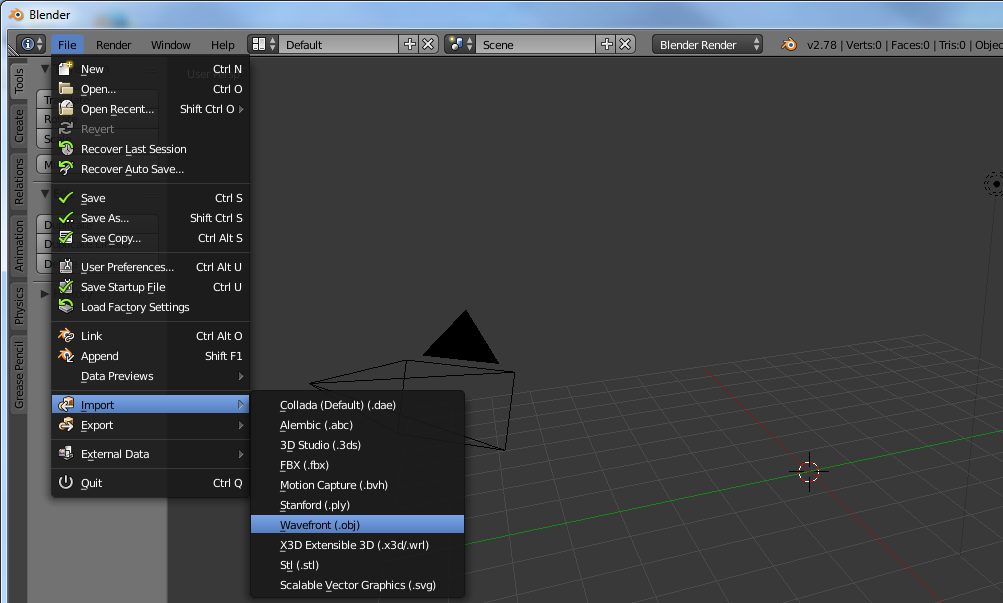

To do that, while we’re still in Blender:Ģ.In the export window, enable “Apply Transform” by clicking on the checkbox.
Go to “Mesh > Normals > Recalculate Outside”.Īnd it's all for Blender, let's go to unity Importing an FBX File to Unityįor this, we first need to export the model to an FBX format. Go to “Edit Mode” and select all faces. Next, we’ll make sure all the model’s normals are pointing outwards, as some surfaces might be invisible in Unity if they aren’t oriented accordingly These last steps aren’t mandatory, but they can really save time once the model is imported to Unity, especially when importing multiple times. 
While Blender 2.8x already ships with a glTF exporter, some changes had to be made. MSFS is using the Khronos glTF 2.0 file format with multiple custom extensions and extras for special material functions. The addon is designed for Blender 2.83, and above.
#MODEL BLENDER SIMULATOR#
Go to “Object > Set Origin > Origin to 3D Cursor”. This Blender addon allows you to create 3D assets for Microsoft Flight Simulator (2020). Select the new origin on the model by clicking where you want to place it. Select the “Cursor Tool” in the top left.  Set all the axis scales (X, Y, Z) to zero 1,0. Set all the rotation axes (X, Y, Z) to 0°. With the model opened, in the right side-bar region, go to the “Transform” tab. Is very important to know if you are importing right, for make sure: Just keep in mind that, once imported, a native Blender file will change whenever the original is modified in Blender. With one model per file, importing the Blender file directly should be just fine. ** For multiple objects u have some different things to doįor multiple models in a single Blender file, it’s probably easier to export each one as an FBX file (like you already make it) and then import them one at a time.
Set all the axis scales (X, Y, Z) to zero 1,0. Set all the rotation axes (X, Y, Z) to 0°. With the model opened, in the right side-bar region, go to the “Transform” tab. Is very important to know if you are importing right, for make sure: Just keep in mind that, once imported, a native Blender file will change whenever the original is modified in Blender. With one model per file, importing the Blender file directly should be just fine. ** For multiple objects u have some different things to doįor multiple models in a single Blender file, it’s probably easier to export each one as an FBX file (like you already make it) and then import them one at a time.







 0 kommentar(er)
0 kommentar(er)
